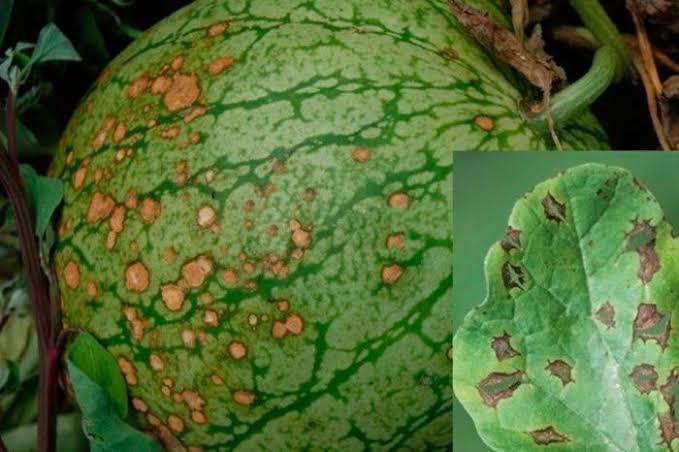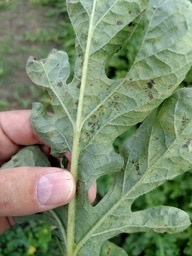Watermelon
Watermelon plants, sprawling and low-growing, prefer well-drained soil and full sun. Known for their large and edible melons, watermelons are a summer favorite.
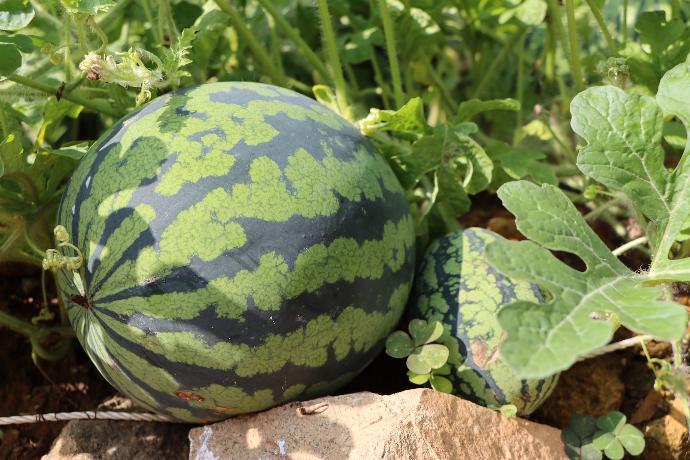
Habit
Vine
Height
0.5 to 1.0 m
Growth
Fast
Soil
Well-drained, Sandy Loam
Shade
Full Sun
Moisture
Medium
Edible
Yes
Medicinal
No
Origin
Africa
Climatic Condition
Tropical, Subtropical
Temperature (°)
20°C to 35°C
Humidity (%)
60% to 80%
Potting media
50% Loam, 40% Sand, 10% Organic Matter
Fertilizers
Organic Fertilizer
Watering
Regular watering
Plant Weight
10 to 20 kg
Flowering Time
Summer to Fall
Soil Ph level
6.0 to 7.5
Water Ph level
6.0 to 7.0
Soil EC
0.5 to 1.2 mS/cm
Yield Per Plant
30 to 50 kg per plant
NPK ratio
10:10:10
life Span
1 to 2 years
Health Benefits
High in Water Content, Antioxidant
Suggested Grow Media or Potting Mix ?
50% loamy soil, 30% compost, 20% sand
Suggested Fertigation/Fertilizers
Fertilize every 2 weeks with a balanced fertilizer.
Common Diseases and Remedies
Fusarium Wilt Anthracnose Powdery Mildew Gummy Stem Blight Downy Mildew
Wilting, yellowing leaves, vascular discoloration Dark sunken spots on leaves and fruit White powdery spots on leaves Water-soaked lesions on stems, gummy exudates Yellow spots on leaves, white mold on underside
Remove infected plants, improve soil drainage Remove infected plant parts, copper fungicide Neem oil, potassium bicarbonate Remove infected plant parts, improve air circulation Neem oil, improve air circulation
Fungicides with metalaxyl or mefenoxam Chlorothalonil Sulfur-based fungicides Fungicides with chlorothalonil or mancozeb Fungicides with metalaxyl or copper
HEALTH BENEFITS
1. Rich in antioxidants: Watermelon contains antioxidants that can help protect against oxidative stress and inflammation.
2. May help support heart health: Watermelon's citrulline content may help support heart health by improving blood flow.
3. May help regulate blood sugar: Watermelon's fiber and antioxidants may also help regulate blood sugar levels.
What Is An Watermelon Plant ?
Watermelon is a delicious fruit known for its sweet and juicy taste. It is a large, round fruit with green skin and red or red flesh. Perfect for quenching your summer thirst and having fun. You can eat it alone, make a fresh drink, or use it in salads, fruits, succulents, and berries belonging to the Cucurbitaceae family. The fruit contains vitamin A and some vitamin C and is often eaten raw. The peel is sometimes preserved for pickling.
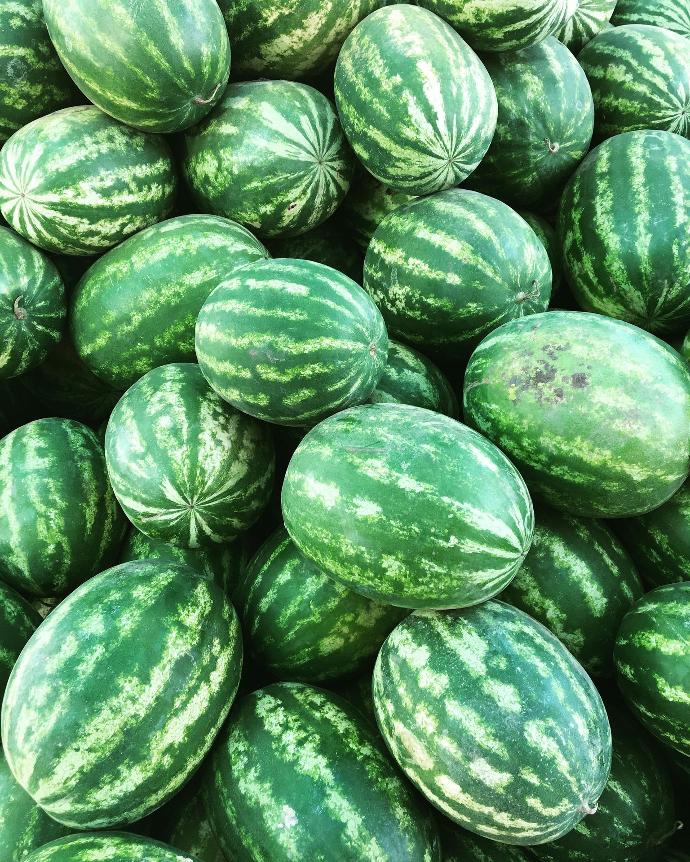
What Are The Different Types Of Watermelon Plants?
1. Red Sweet
Red Sweet Watermelon is a popular variety known for its sweet taste and bright red flesh. This is a large watermelon with leathery green skin and dark stripes. The meat is juicy and crispy, ideal for enjoying on hot summer days.
2. Sugar Baby
Sugar Baby Watermelons are little bananas but don't let their size fool you. These babies are full of candy! They have dark green skin and bright red flesh that is juicy and delicious. Sweet Baby Watermelon makes a great snack or addition to fruit.
3. Yellow Doll
If you are looking for an evergreen areca palm, your search must end here. This variety is known for its bushy foliage that results from multiple stems gathering several leaflets. The areca palm leaf is not only large, but it is also super gorgeous. This variety also finds significance in medical books due to its health benefits.
4. Goldenseal
Goldenseal is considered one of the best yellow fruit varieties that can be grown. It produces approximately 14-16 kilos of fruit. It has nice yellow flesh. The pulp is dense, crunchy, high in sugar and very tasty.
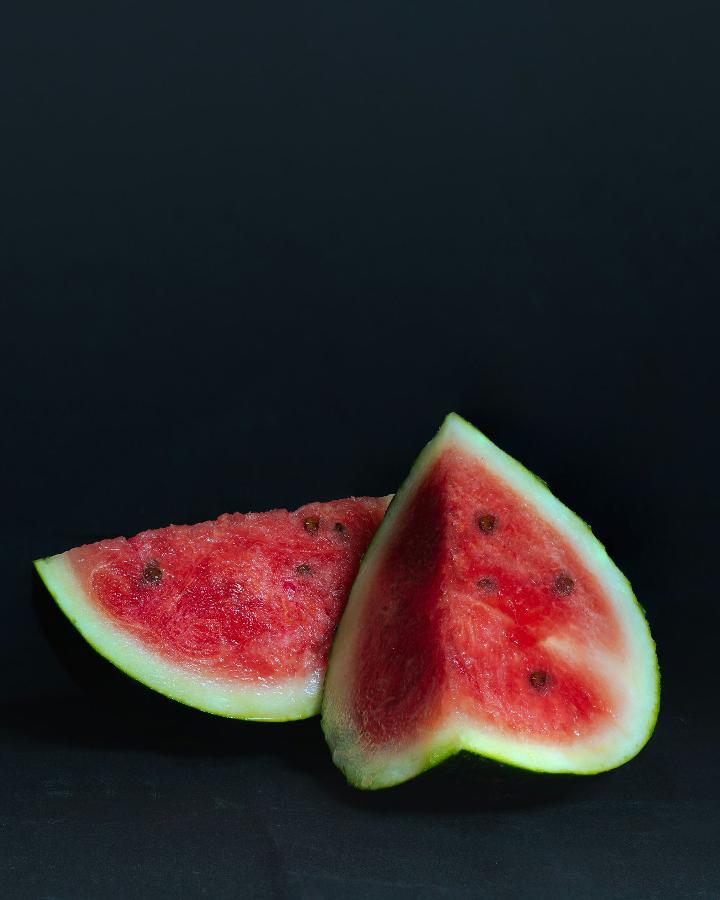
How to care for Watermelon Plants ?
As the vine grows, the terminal buds are pinched while the side buds are allowed to grow. This practice can increase fruit yield. During the early fruiting period, remove deformed, diseased and damaged fruits, leaving only 2-3 fruits per plant.
1. Location
Growing hazelnuts can be started indoors up to six weeks before the growing season. Sow the seeds in a peat pot and place on a sunny windowsill. Keep the soil moist, but do not overwater at this stage – peat pots are very absorbent and will keep the soil moist, which is good for newly sprouting seeds.
2. Sunshine
Tomatoes need sunlight to grow. This plant can tolerate some shade, especially in hot climates, but full sun is required.
3. Soil
Watermelon grows well in almost any fertile, well-drained soil. Slightly acidic to neutral soil pH is 6.0 to 6.8. this is the best. Since they are heavy feeders, it is recommended to amend heavy soil with more organic matter before planting.
4. Hydration
Watermelons need regular water during the first planting period. Once they start fruiting, you can reduce watering unless it's a particularly dry season. Their roots are deep and they can withstand short periods of drought. In fact, if they are given too much water, they will lose their sugar.
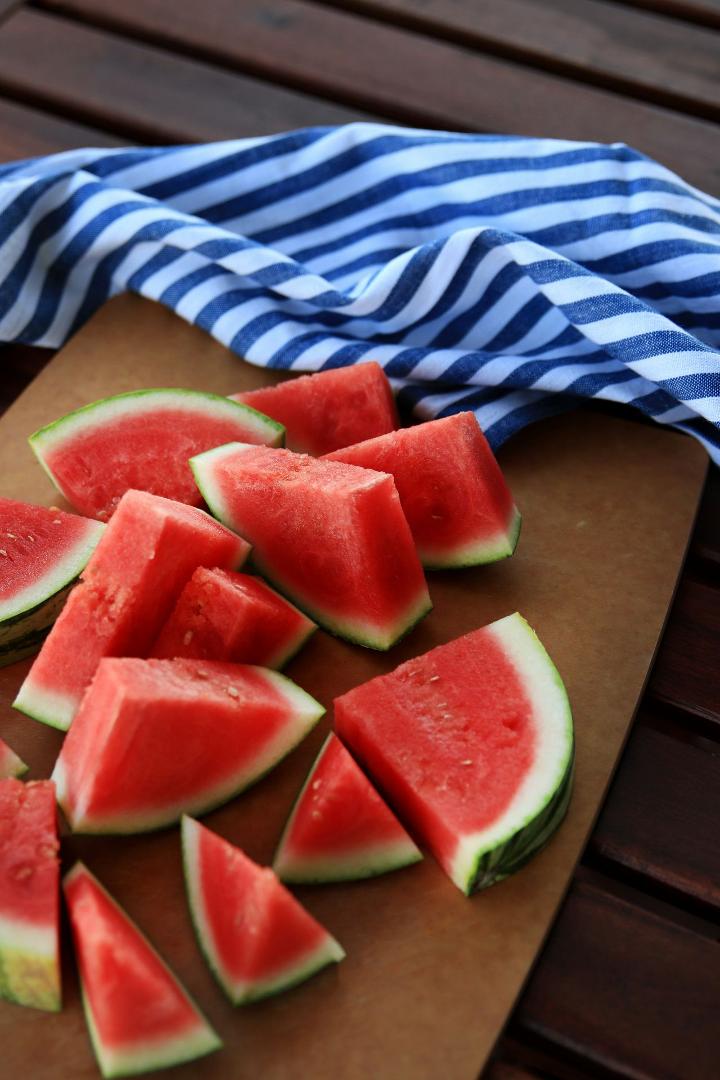
5. Nourishment
Watermelon plants need a lot of fertilizer. Make sure the soil is well worked with organic matter before planting. If your soil lacks organic matter, add slow-release organic fertilizer at the beginning of the season. Apply a layer of compost mid-season to ensure steady fruit growth.
6. Issues
Lack of essential nutrients, particularly nitrogen, phosphorus, and potassium, can lead to stunted growth, poor fruit development, and overall plant weakness. Factors like extreme temperatures, drought, or waterlogged soil can stress watermelon plants, leading to decreased growth and fruit production.
What are the Benefits of Watermelon Plants ?
Helps lose weight , Helps prevent heart diseases , Reduces asthma , Reduces dental problems , Fighting pain , Helps brain function.
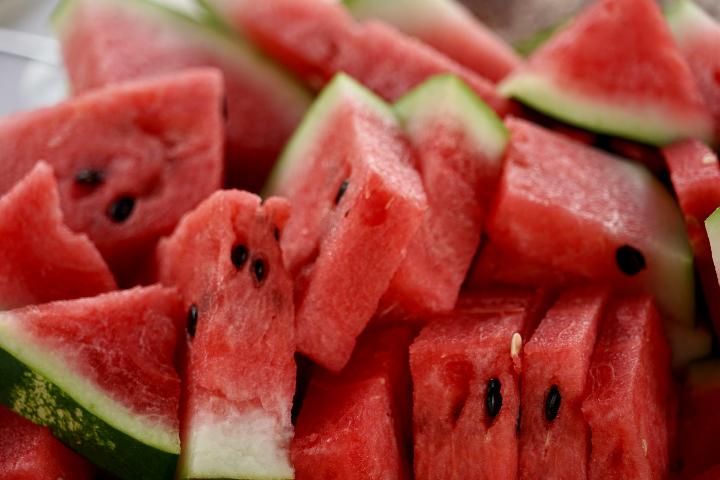
FAQs About Growing Watermelon
1. How to Care for Fruits ?
Fruits have shallow roots. The plant needs about 1 inch of water per week, but since the roots are in the top 12 inches of soil, it's best to split watering into two or more waterings per week, depending on the type of soil.
2. What to Use Water for Fruits?
It is a good source of antioxidants and nutrients. In addition to increasing fluid intake, it may also support many health benefits, including heart health, and prevent certain diseases.
3. Can I grow fruit at home ?
Sow the seeds in a peat pot and place on a sunny windowsill. Keep the soil moist, but do not overwater at this stage – peat pots are very absorbent and will keep the soil moist, which is good for newly sprouting seeds.
4. How big a pot does the fruit need ?
Make sure there is enough water in the container the tomatoes are growing in.
